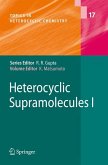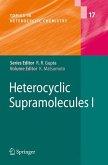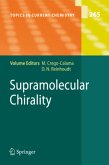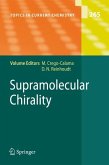Explanation of the structure-property relationship of a given molecule is generally simple because the characteristics of the atomic groups and chemical bonds and the effects emerging from their interaction have long been known, both from theore- cal studies and numerous experimental results. In contrast, it is often difficult to analyze, estimate, and account for the structure-properties relationship in sup- molecules. The characteristics of supramolecules are governed both by the nature of the constituent molecules and by their configuration while the characteristics of the constituent molecules are usually evident as mentioned above; their configu- tions are difficult to control, predict, and accurately estimate because of insufficient knowledge regarding the intermolecular forces. Moreover, since most of the int- molecular forces constructing supramolecules are weak, the supramolecular str- ture may vary depending on various factors, such as modification of the molecular structure, auxiliaries, and experimental conditions. Thus, in order to obtain supramolecules with the desired structures and properties, theoretical investigations on the intermolecular forces and accumulation of experimental studies on the re- tionship between the supramolecular structure and properties are both important.
Bitte wählen Sie Ihr Anliegen aus.
Rechnungen
Retourenschein anfordern
Bestellstatus
Storno








